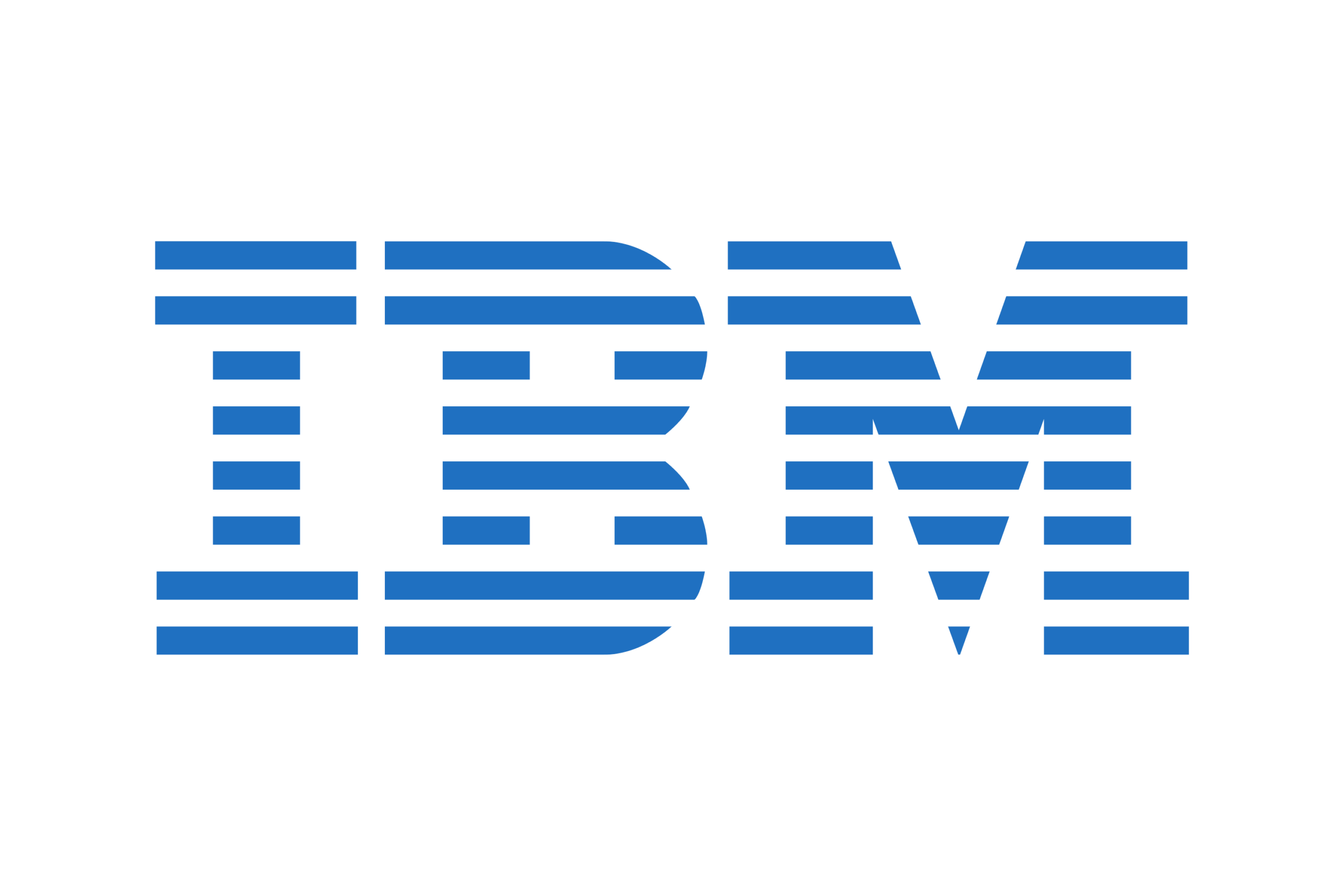Course Summary
A Linux Administration course is a comprehensive training program designed to equip IT professionals and aspiring system administrators with the skills to effectively manage Linux-based systems. The curriculum covers a wide range of topics, including Linux installation, system configuration, user and group management, file system hierarchy, permissions, and security. Students also learn crucial tasks such as package management, disk partitioning, and network configuration. The course emphasizes hands-on, practical skills needed for troubleshooting and maintaining Linux servers, which are widely used in enterprise IT infrastructure, web servers, and cloud environments. It’s a foundational course for anyone looking to build a career in a technology-driven field.
📅 Upcoming Admission Deadlines
- linux-administration with scholarship 50% August 28, 2026
Top Recruiters





